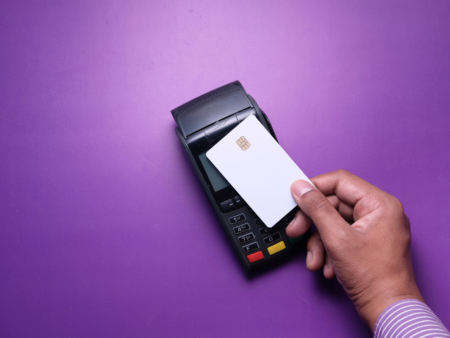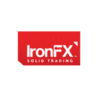Hersh Mansukhani of Fiserv addresses early embedded payments, including industry evolution and strategic issues.
Vice president of platforms and embedded payments at Fiserv Hersh Mansukhani told Karen Webster of PYMNTS that “we’re still in the early innings” of embedded payments.
He continued, “Software is becoming more and more prevalent in places it has never been before as the world becomes more platformized.”
For established retailers seeking to create online platforms that can integrate suppliers, some of whom are seasonal, and create new digital experiences for end users, there is potential for both value and scalability to be realised. businesses as diverse as logistics and rental markets are being revolutionised by digital, embedded transactions. These previously offline businesses are now shifting towards omnichannel transactions.
To completely integrate payments into the organisation, however, comes with a number of risks and complications.
Mansukhani believes that as marketplaces grow, retailers’ payment revenue may outweigh their software and crucial services to merchants. More profit is available as they approach payment processing and merchant contract signing. This is especially true for online models that provide vendors a “one-stop shop” with various facilitators.
He says a lot depends on strategy and whether the goal is to be an API integrator or facilitator on the back end or a “front-end provider” with the infrastructure to handle customer inquiries directly. Such relationships can include both parties’ payments.
He argued, “You can offer payments as a product without becoming a payments company.”
There are some existential problems that merchants need to address before they can launch their digital marketplaces. Tech stacks and back-end processes need to be examined, and the necessity or even viability of replacing the current billing procedures must be determined. Retailers and marketplaces need to consider the contracts they will need to sign with vendors who support marketplace sellers as well as how to handle the backend accounting.
According to him, the shift to embedded payments forces businesses to analyse how they support the “entire chain” of command in terms of transactions and identify areas where some billing, reporting, and payment systems might be consolidated, thus expediting the flow of money.
“You can offer less flexibility the more intermediaries you have in the value chain,” Mansukhani continued.
Depending on whether a shop operates in the background or in the spotlight, different platform models call for different approaches, he said. A marketplace may facilitate direct interactions between buyers and sellers, or it may operate as a platform or marketplace for vendors to engage with brands, who then sell to customers. Platforms may work by dividing money between a large number of merchants and the marketplace where consumers pay.

The Crucial Pointers
Using a four-part structure, Mansukhani outlined some things to think about for businesses: “How are you onboarding? How do you handle the exposure to and management of credit risk? In what way are you handling the reports? Additionally, how are you paying everyone?
Mansukhani stated that compliance is of utmost importance and that “there are a lot of responsibilities that you must take on once you become a platform and you facilitate money movement on behalf of others.”
Many merchants might not be as aware as other businesses that have large, well-resourced compliance teams that regularly receive training on anti-money laundering (AML) requirements. This is especially true for traditional organisations that are relatively new to the marketplace model. In light of this, he stated that companies can receive assistance with “AML-as-a-Service, Programme Standardization-as-a-Service, and Credit Risk-as-a-Service” by collaborating with suppliers such as Carat from Fiserv.
He claimed that by dismantling the silos and implementing embedded payments, “you’re not just making money from payments processing.” Your ability to simplify extremely complicated concepts and make them seem easy is what allows you to earn money. There is a sizable margin and value there.











